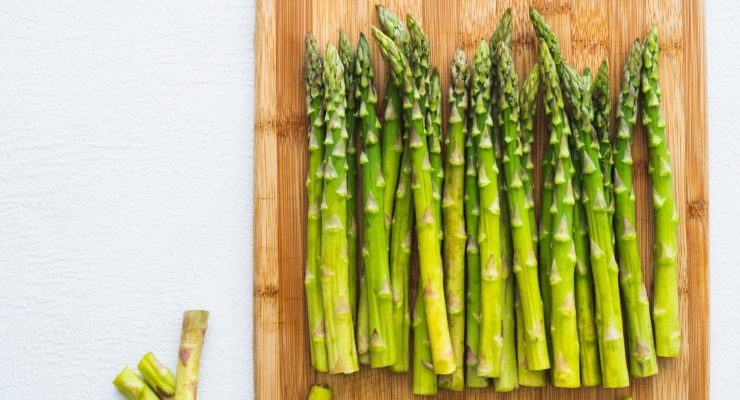Sprouted Bread: What is It & Should You Eat It?
Article posted in: Diet & Nutrition
It seems like everyday, a new superfood is flooding your supermarket shelves and social media feeds, doesn’t it?
Sprouted grain breads are among the latest foods to make their way from boutique health food stores to the shelves of your average grocery store. But what is a sprouted grain? Is it healthier? Should you make the switch?
First, it’s important to understand what a sprouted grain is. Regular white breads are made from a grain that has been processed and ground down into flour. But sprouted breads are made from the grain after it begins to grow or “sprout.” It’s this sprouting process that makes the grain different. For anything to grow, it requires energy. The grain gets energy to grow (and sprout!) by digesting its own starch. This often leaves the sprouted grain lower in starch and higher in protein and other nutrients than white breads.
Generally speaking, one slice of sprouted whole grain bread contains 80 calories, four grams of protein, 15 grams of carbohydrates and three grams of fiber. Compare this to one slice of white bread, which typically has 126 calories, zero grams of protein, 22 grams of carbohydrates and just 0.7 grams of fiber, and you’ll get why people are filling their bread drawers with sprouted grain options.
Several studies noted on the Whole Grains Council website suggest that, “Sprouting grains increases many of the grains’ key nutrients, including B vitamins, vitamin C, folate, fiber and essential amino acids often lacking in grains, such as lysine.” Some brands of sprouted grains also have a lower Glycemic index than other breads, which means they may be less likely to cause blood sugar spikes.
So should you opt for sprouted? The short answer is maybe. Sprouted grains can be healthier due to a slightly superior nutrient profile. But as with all foods, it’s important to consider the source. Different brands process their sprouted breads different ways. There is little to no regulation on the term “sprouted,” so make sure you continue to read and compare nutrition labels when purchasing your bread. Be mindful of the fact that some companies use added sugars for flavor. Also be sure to look for breads that combine a multitude of grains and legumes to boost the amino acid profile.
Whatever your bread choice, be sure to follow the USDA’s recommendations and make half your grains whole every day. Sprouted or not.
*All nutritional information taken from the USDA’s Food Composition Database on 11/25/2016.









